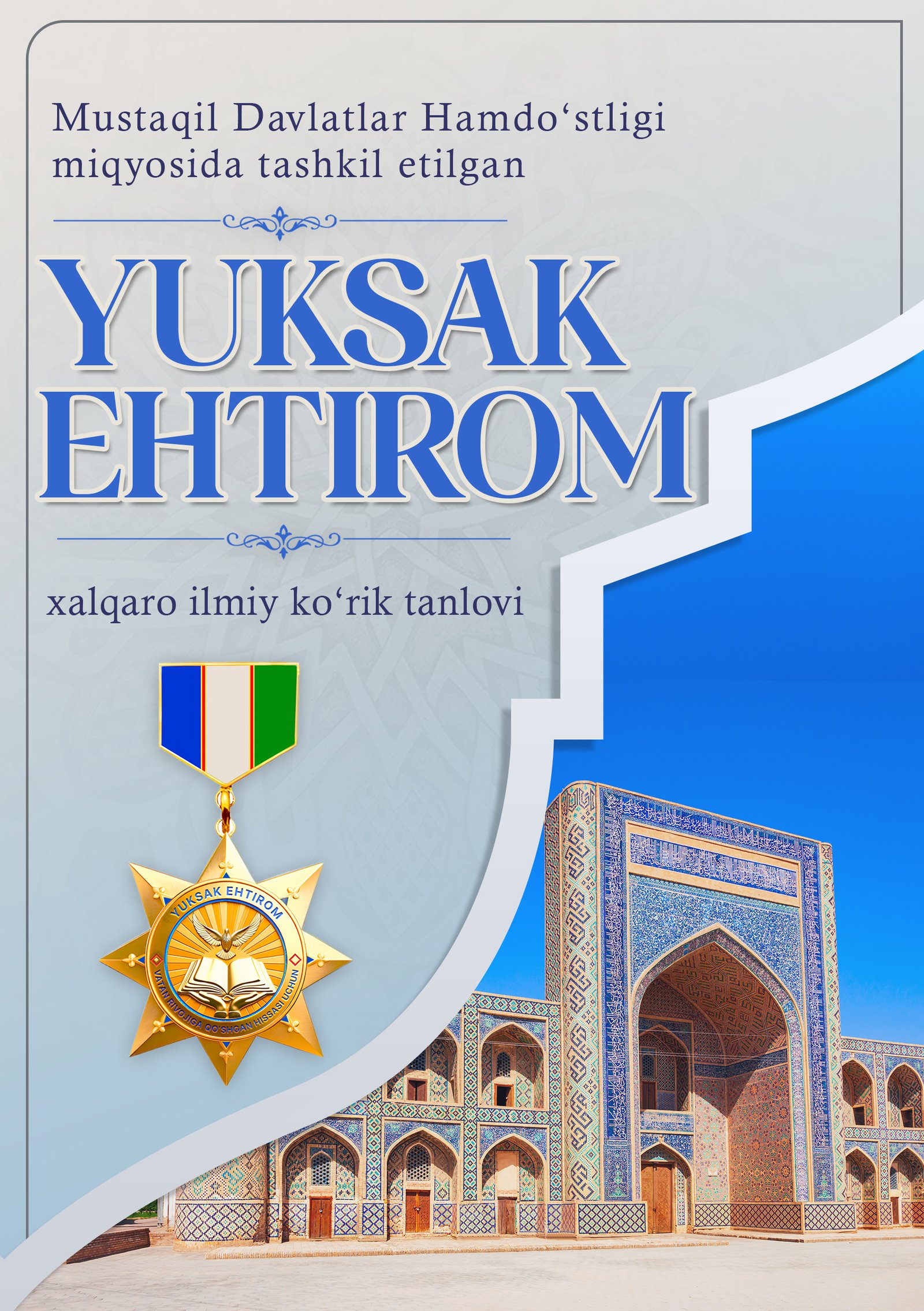LEARNING STYLES AND THE ROLE OF TECHNOLOGY IN SECOND LANGUAGE LEARNING
Keywords:
Second Language Acquisition (SLA), Learning Styles, VARK Model, Kolb’s Experiential Learning Theory, Gardner’s Multiple Intelligences, Educational Technology, Personalized Learning, Language Learning Apps, Artificial Intelligence (AI) in Education, Virtual Reality (VR), Augmented Reality (AR), Adaptive Learning, Gamification, Language Pedagogy, Student-Centered Learning.Abstract
The relationship between learning styles and educational technologies in second language acquisition (SLA) is examined in this article. The significance of SLA in a globalized society is acknowledged at the outset, and it emphasizes how pedagogical changes have made learning more student-centered and technologically integrated. The main emphasis is on how designing more efficient, individualized language learning experiences can be influenced by an understanding of individual learning styles, such as those outlined by the VARK model, Kolb's Experiential Learning Theory, and Gardner's Multiple Intelligences.
References
1. Kolb, D. A. (1984). Experiential learning: Experience as the source of learning and development. Englewood Cliffs, NJ: Prentice-Hall.
(Kolb’s Learning Theory)
2. Gardner, H. (1983). Frames of mind: The theory of multiple intelligences. New York: Basic Books.
(Multiple Intelligences Theory)
3. Chapelle, C. A. (2003). English language learning and technology: Lectures on applied linguistics in the age of information and communication technology. John Benjamins.
(Technology in language education)
4. Godwin-Jones, R. (2018). Using mobile technology to develop language skills and cultural understanding. Language Learning & Technology, 22(3), 3–17.
5. Warschauer, M., & Healey, D. (1998). Computers and language learning: An overview. Language Teaching, 31(2), 57–71.

